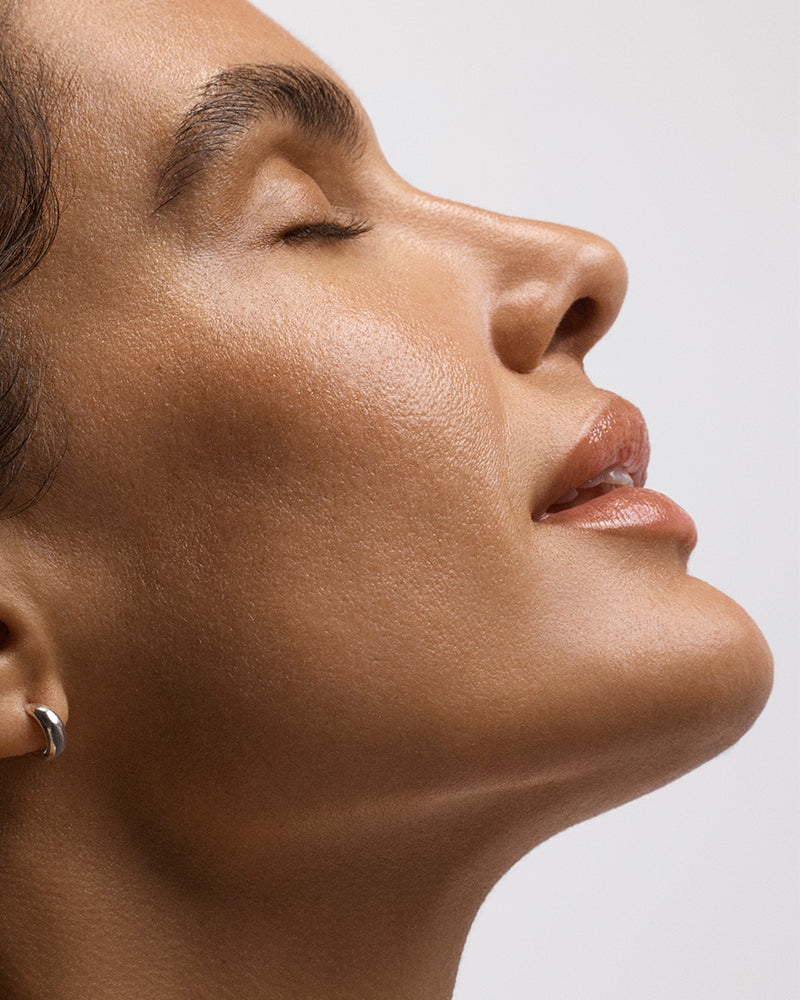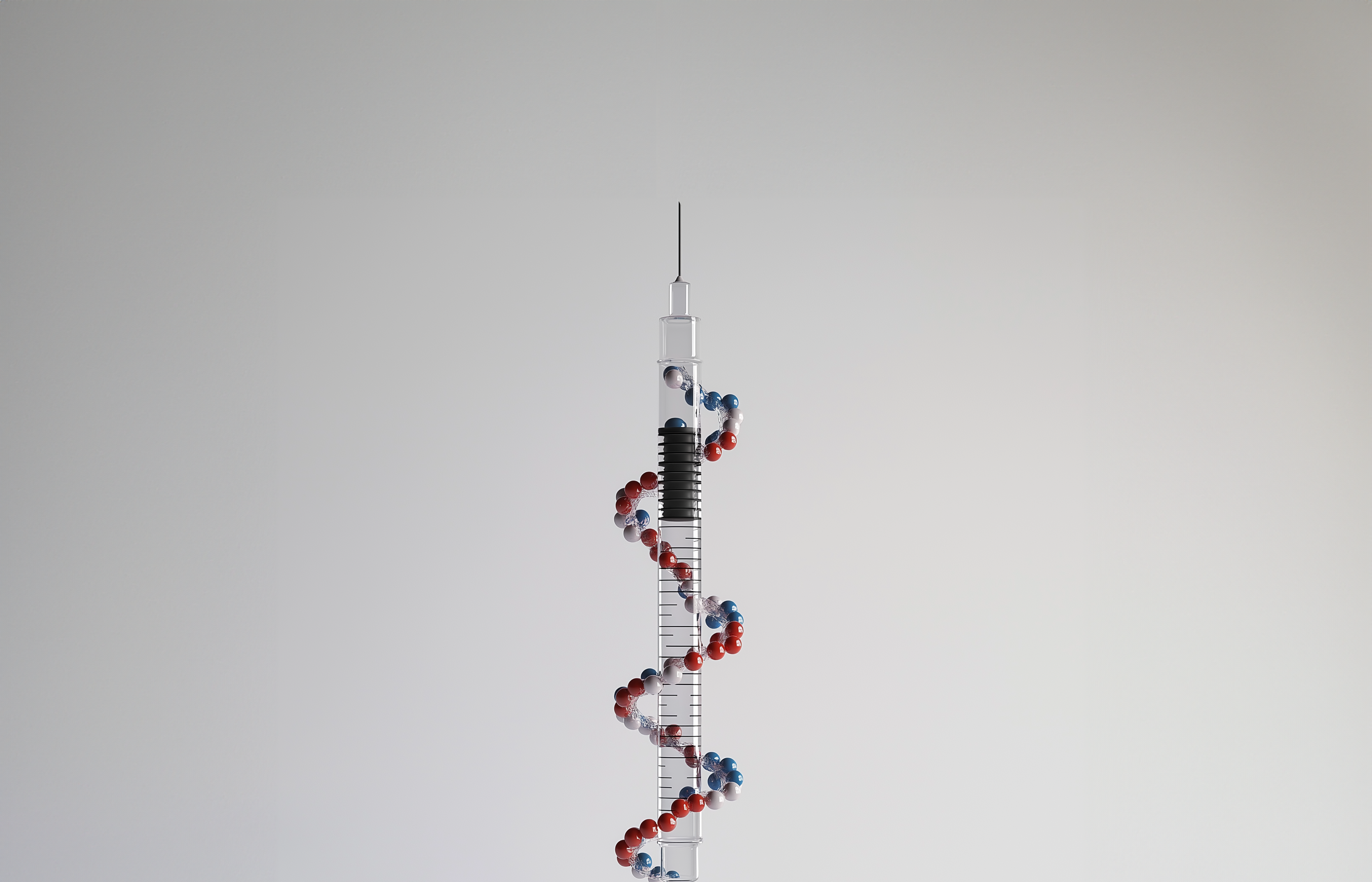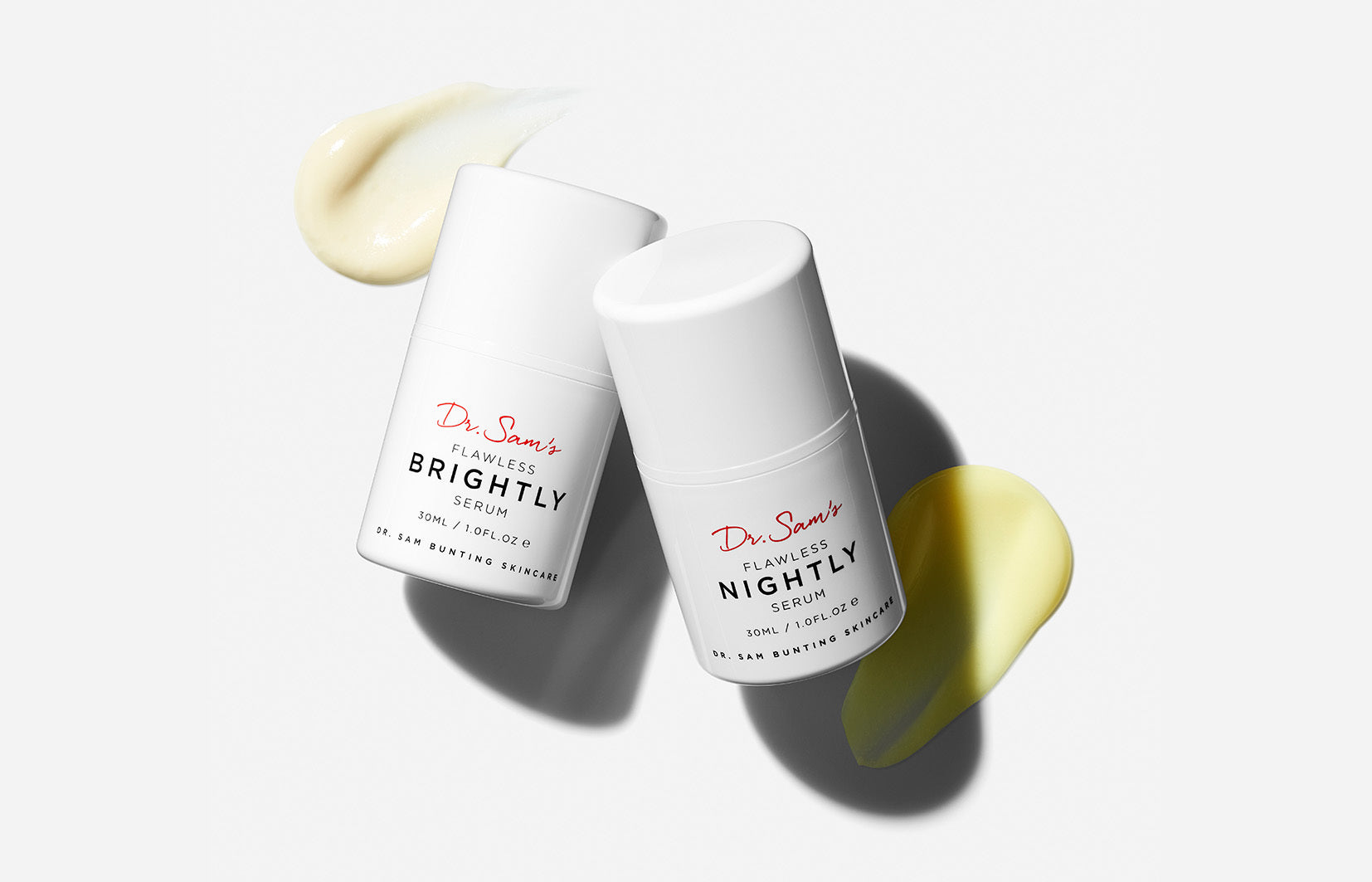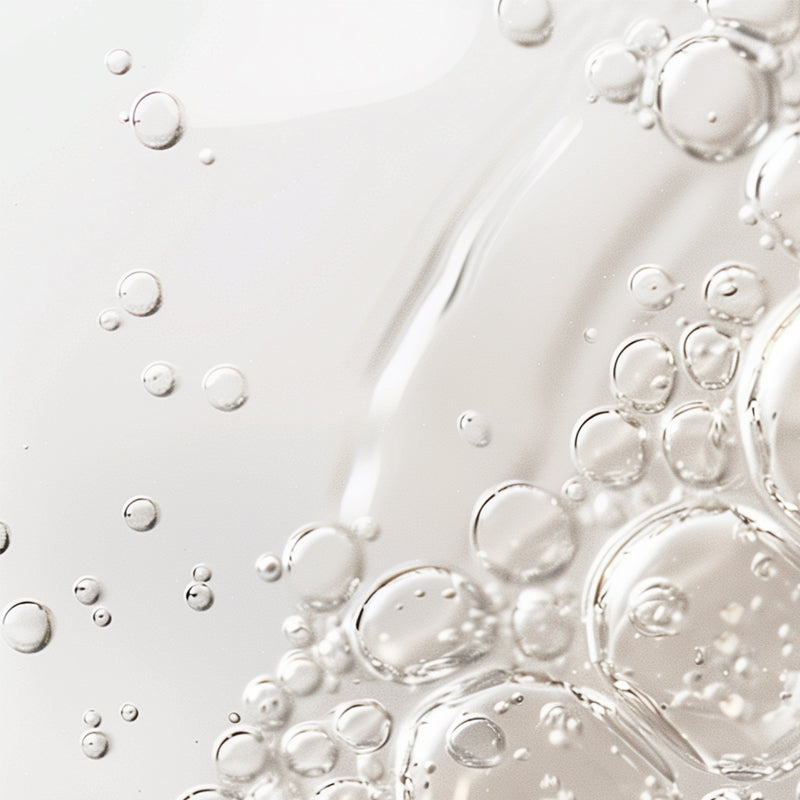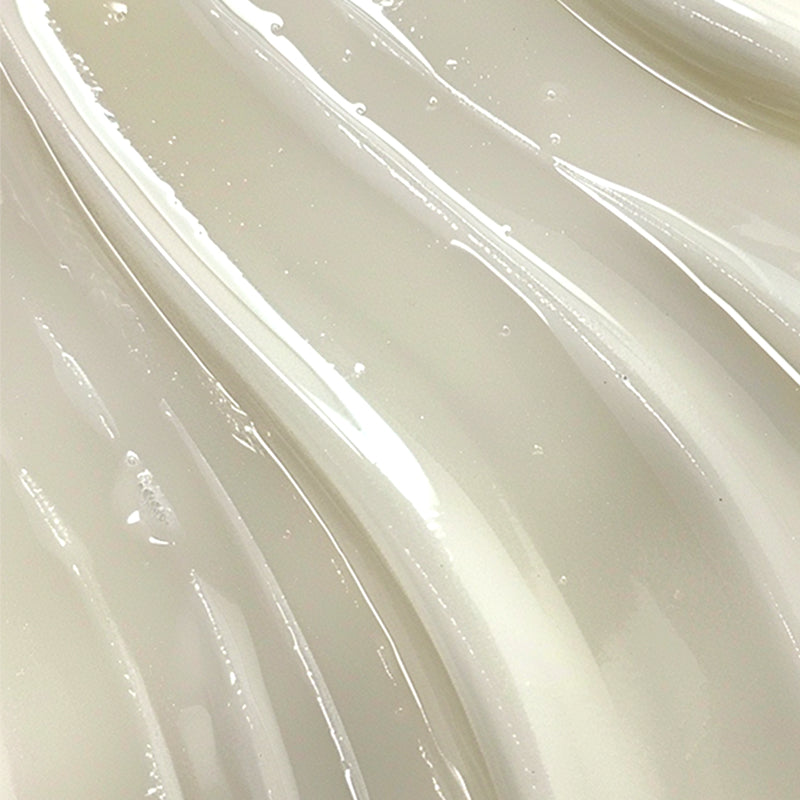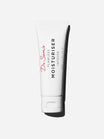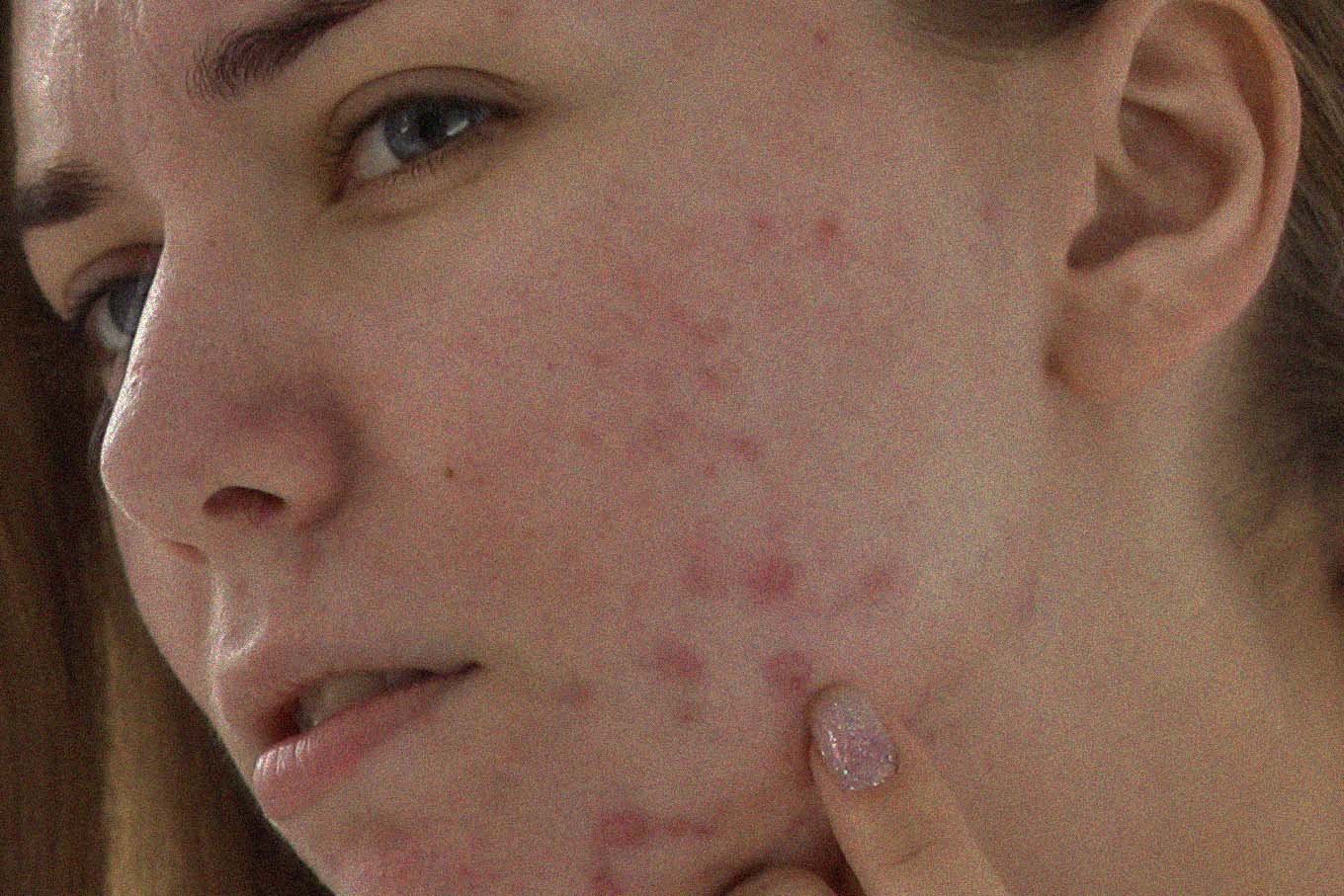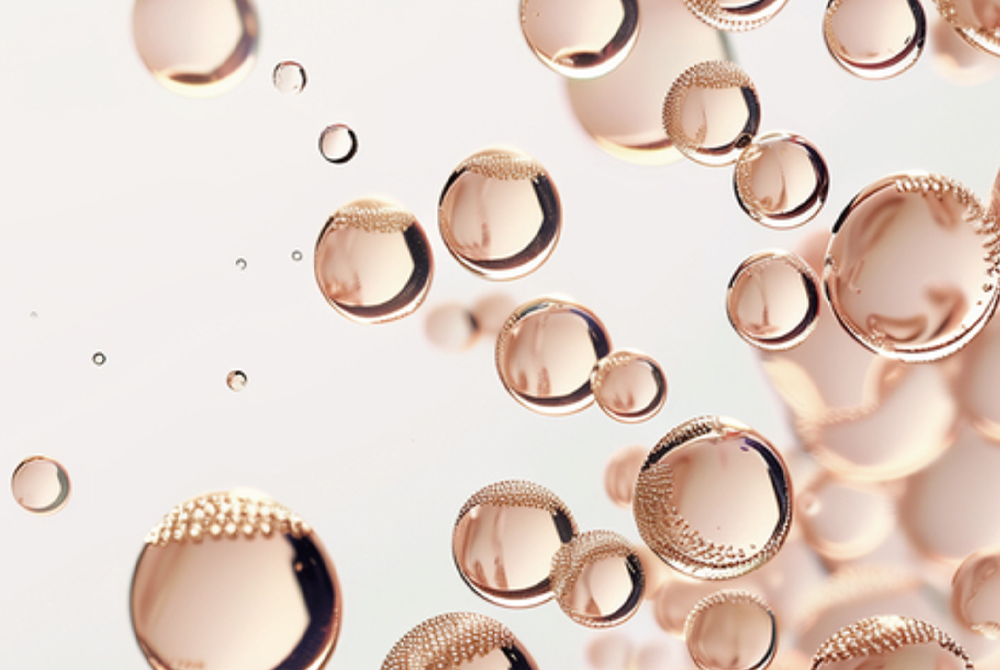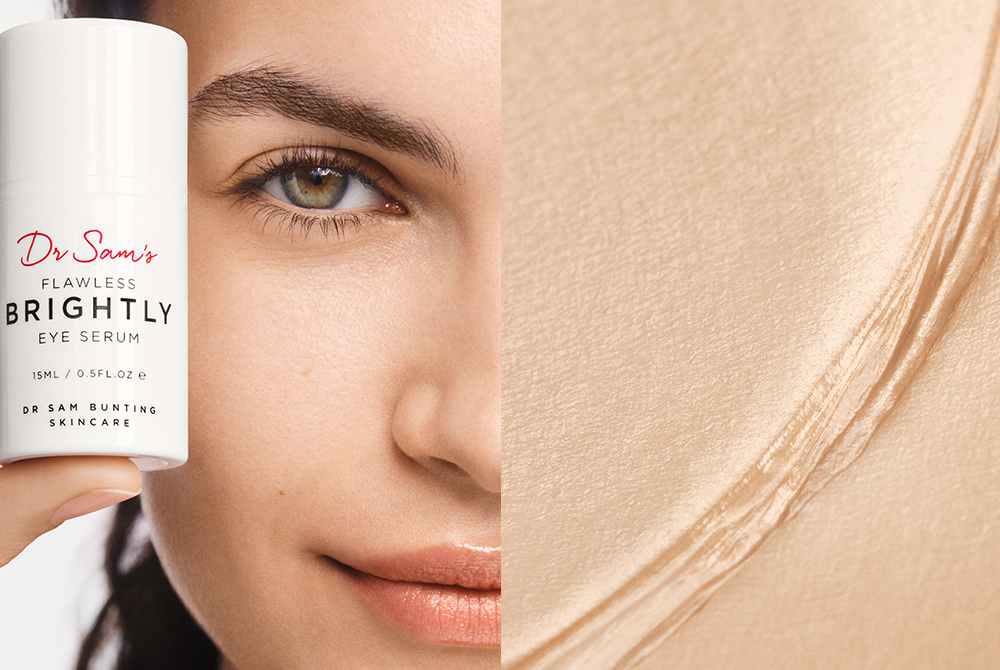Retinoid-obsessive, it’s no small thing that adapalene is my 2nd most prescribed in clinic.
Why?
Well, it's a 3rd generation synthetic retinoid. It’s been engineered to be less irritating and thus to increase compliance with acne treatment, so it’s my go-to for someone with acne who’s also got sensitive skin. It’s more stable than many of the older retinoids, and it’s very lipophilic, meaning it penetrates well into the oily environment of the pores so it really packs a punch when it comes to solving acne.
How does Adapalene work?
- It unclogs pores - normalizing keratinization, this allows dead skin cells to exfoliate smoothly from the pore opening, thus decreasing formation of micro-comedones, which are the central lesion in acne. Once you solve comedone formation, you’ll master acne.
- It has some anti-inflammatory properties, which helps limit not only its irritancy but also helps calm inflamed blemishes.
- It helps with post-inflammatory hyperpigmentation.
What are the side effects of Adapalene?
It can still cause some irritation, albeit less than all the other topical prescription retinoids. It sensitises you to sunlight so you do need daily sunscreen - also essential if you want to to improve post-inflammatory pigmentation.
It comes in a gel and a cream - in practice I use the cream format for the face and the gel if it’s being used to treat acne on the trunk. And it can be combined with benzoyl peroxide in the form of Epiduo, for a double-whammy attack on acne in one easy formula.
Bottom line - it’s highly effective in the treatment of acne and post-inflammatory hyperpigmentation, even in sensitive skin.


